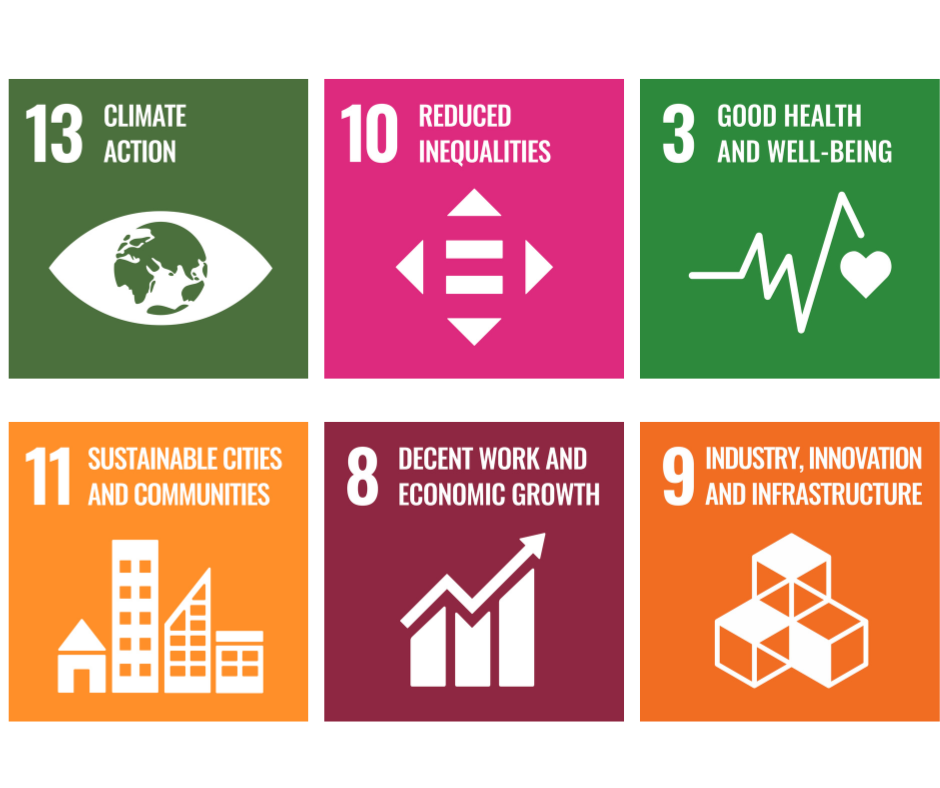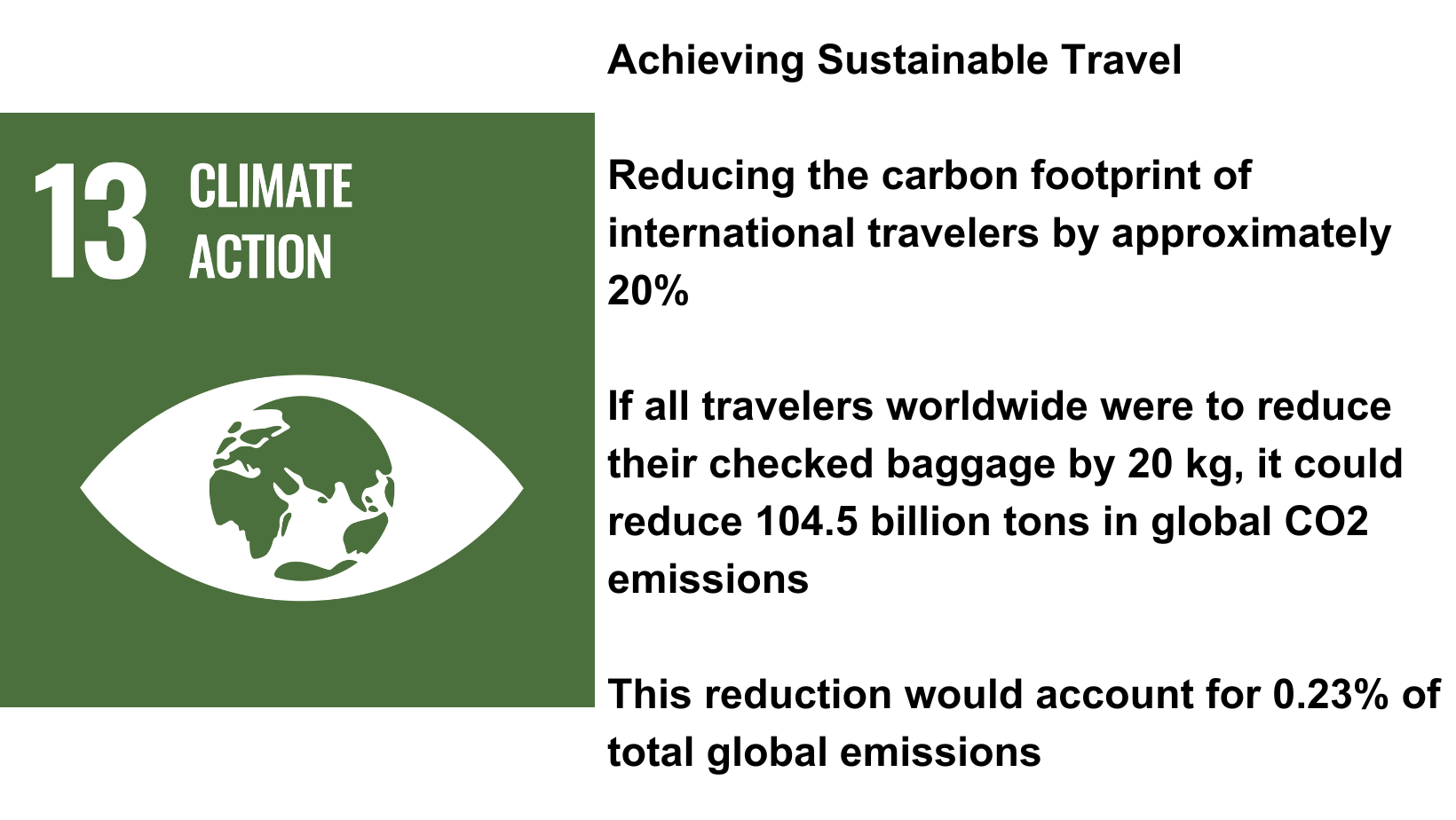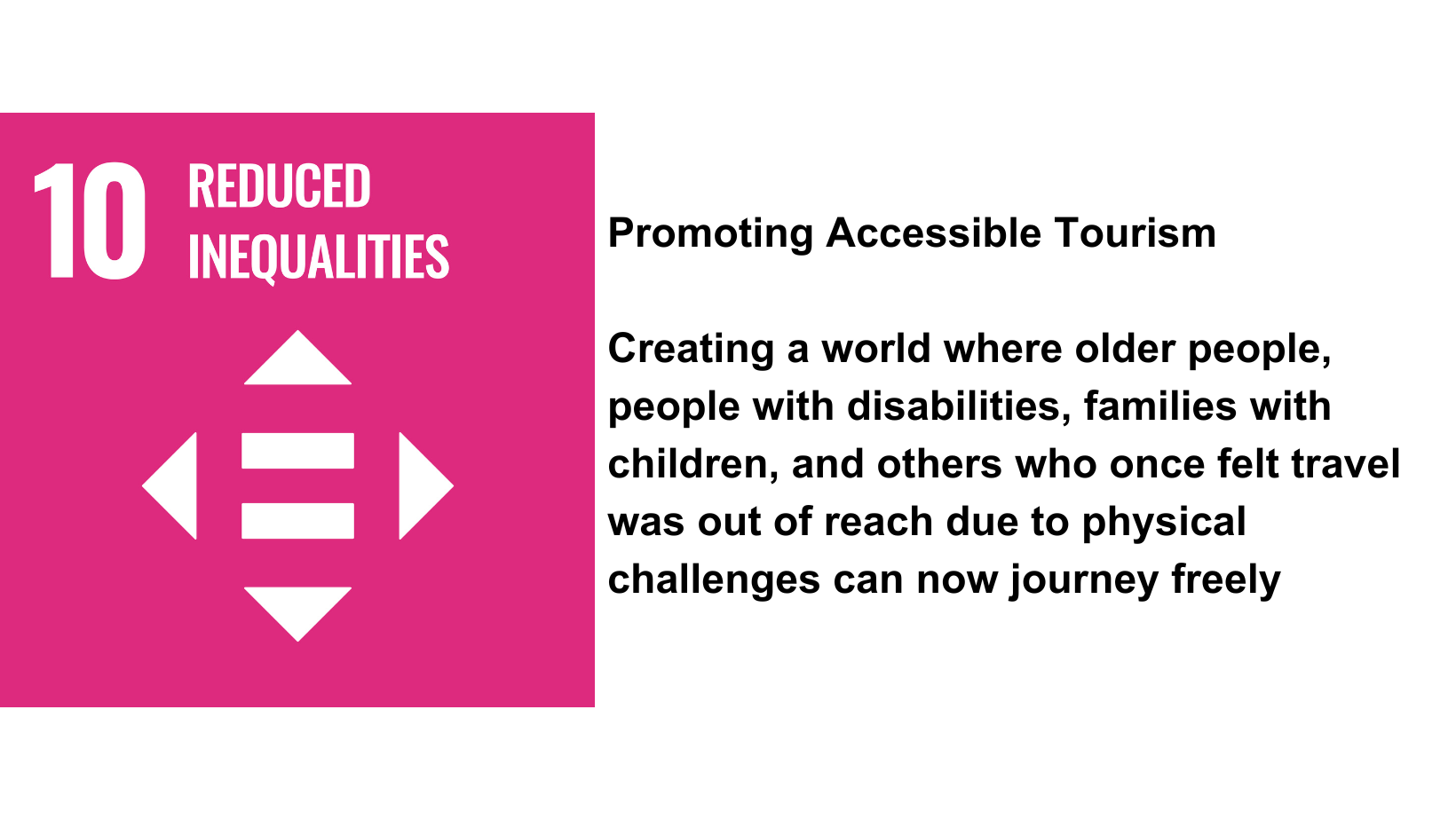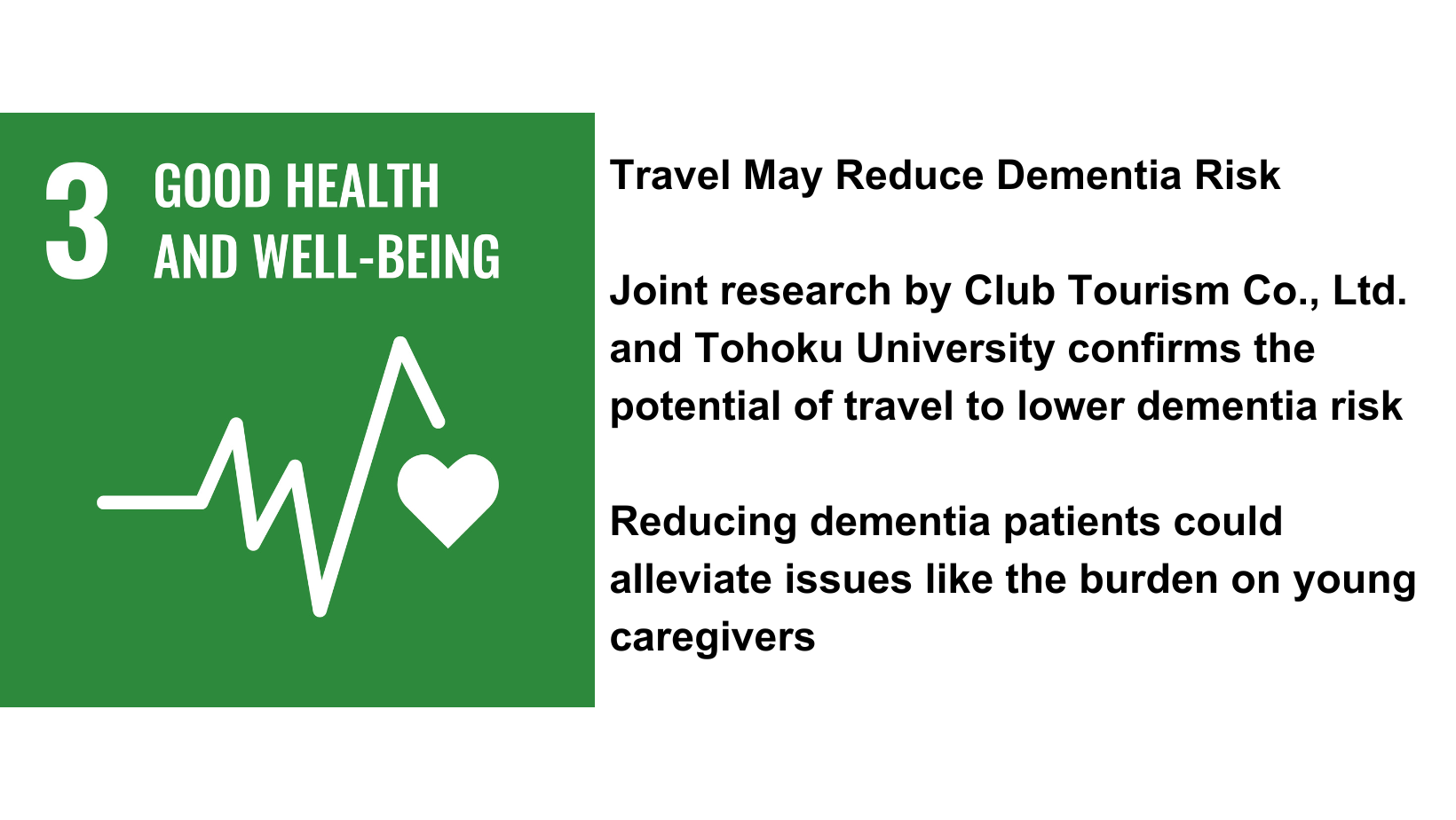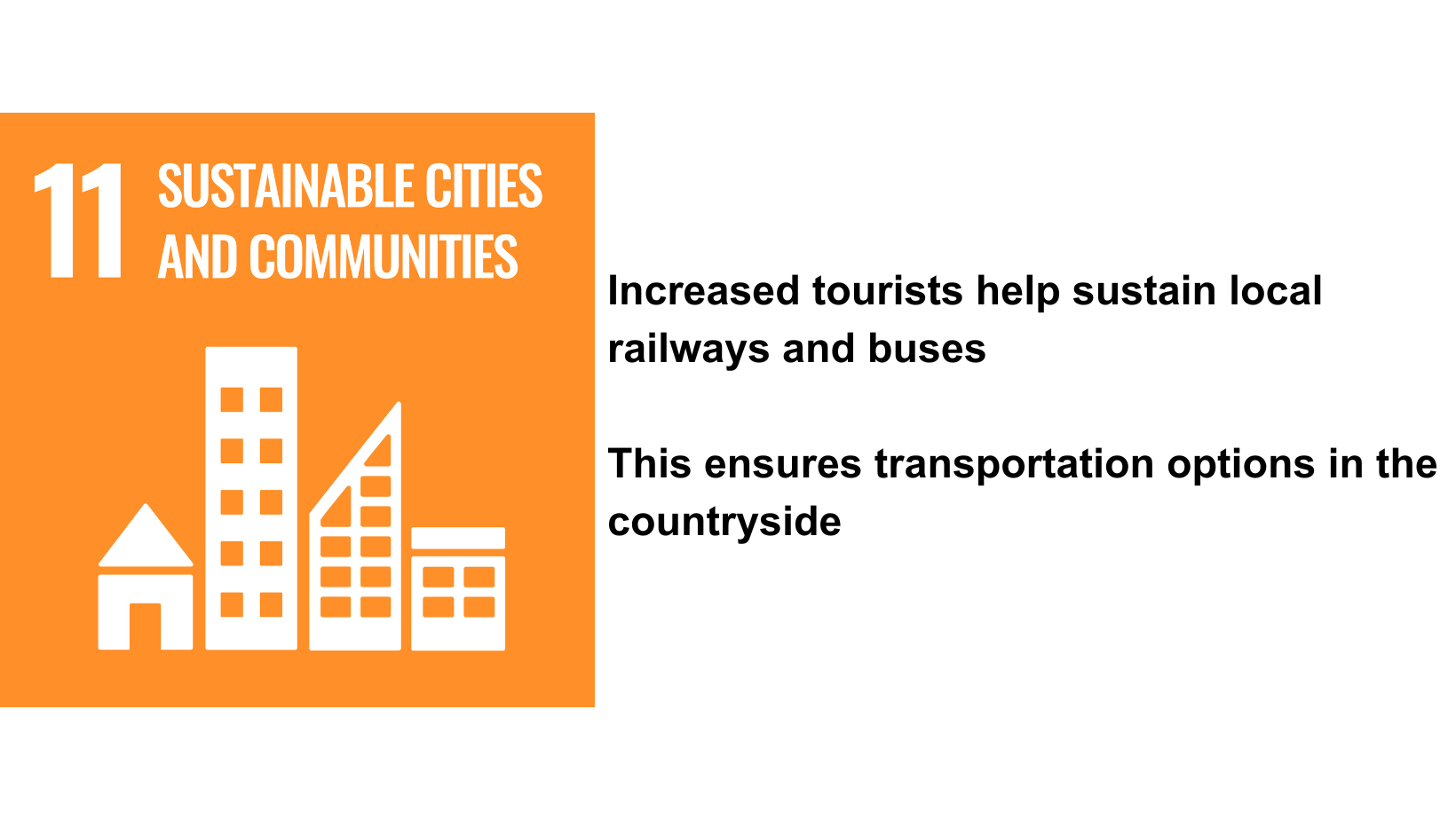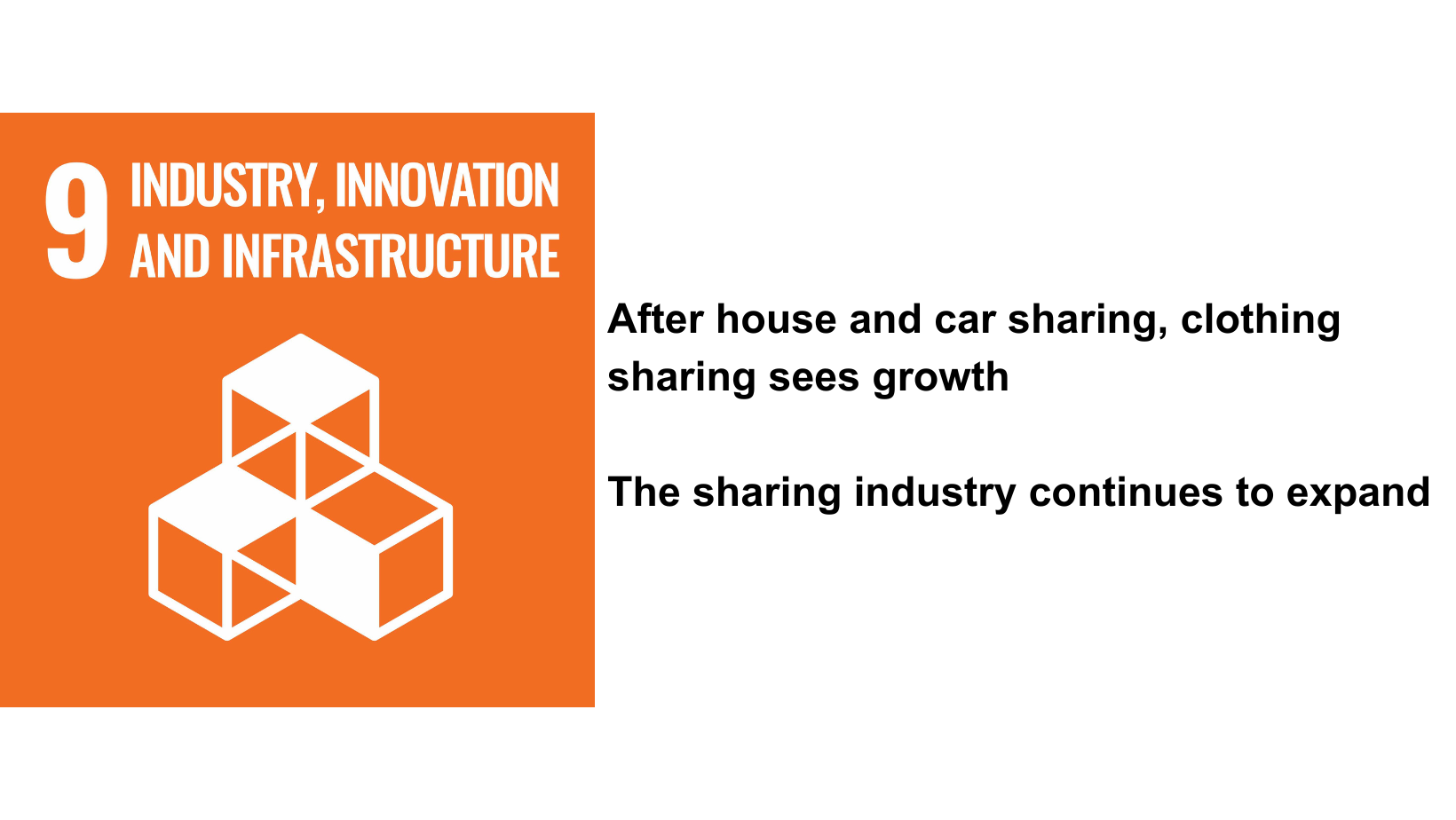Sustainability
EDO KAGURA Corporation aims to realize a carbon-neutral, decarbonized society by 2050. Our service, clothing rental for foreign travelers, will help reduce the amount of checked baggage carried on board airplanes and help attract tourism to local areas using public transportation by making people lighter. Therefore, we aim to reduce CO2 emissions by 2.88 million tons by 2050 through our related services (Note 1).
We are working with local governments, universities, other research institutions, and lodging facilities to promote universal tourism through lightweight travel and to realize sustainable tourism by reducing CO2 emissions.

CO2 Emissions from Airplanes
EDO KAGURA is deeply involved in the travel industry, mainly through clothing rental and pre-trip concierge services for foreign travelers. The travel industry is one of the world’s largest emitters of CO2, accounting for 2.0% of the world’s CO2 emissions (914 million tons, ICAO data).
In October 2022, the International Civil Aviation Organization (ICAO), a specialized organization of the United Nations, decided to set a goal of virtually zero CO2 emissions from aircraft by 2050.
This goal has made it imperative to switch to “SAF (Sustainable Aviation Fuel),” a fuel made from plants and waste oil. However, global SAF production is only about 100,000 tons annually in 2020, or 0.03% of annual fuel consumption. The Japanese aviation industry only aims to replace 10% of aviation fuel use with SAF by 2030. Of course, the Air Transport Action Group (ATAG) has set a goal of replacing 90% of aviation fuel consumption with 445 million tons of SAF production by 2050, and future development of low-cost technology is needed. ATAG estimates that up to $1.45 trillion will be required for investment in SAF development over the next 30 years.

CO2 emissions from checked baggage
According to the Ministry of Land, Infrastructure, Transport, and Tourism (MLIT, using IATA data), the global air passenger transport distance (paid passenger kilometers) in 2019 was 8.68 trillion km. Therefore, if all passengers carried 20 kg of checked baggage on board their planes, 14.51 million tons of CO2 emissions would be due to checked baggage (Note 2). This is 0.23% of the global greenhouse gas emissions in 2019 (46.3 billion tons of CO2 equivalent). This emission level is higher than that of 144 countries worldwide, including Israel (87.1 million tons) and New Zealand (83.2 million tons).
In addition, according to the MLIT, Japanese airlines carried 98.6 billion air passenger kilometers (paid passenger kilometers) on international routes in Japan (2019). Japanese-affiliated airlines carried 21.43 million passengers, while Japanese and foreign arrivals and departures statistics showed 51.96 million. Therefore, we calculated CO2 emissions assuming that the distance of international air passenger traffic (paid passenger kilometers), including foreign carriers, was 239 billion km. Considering all passengers carried 20 kg of checked baggage on board, we can understand that 2.88 million tons of CO2 emissions are due to checked baggage.
Based on the international flight passenger transport distance of Japanese airlines provided by the MLIT, our company has revised it as described above. When we calculate from 2002 onwards, it becomes clear that the proportion of CO2 emissions in the global total has been increasing annually. This increase is due to the rise in the number of passengers. Therefore, reducing CO2 emissions from checked luggage is of paramount importance.
Proportion of total CO2 emissions from checked baggage
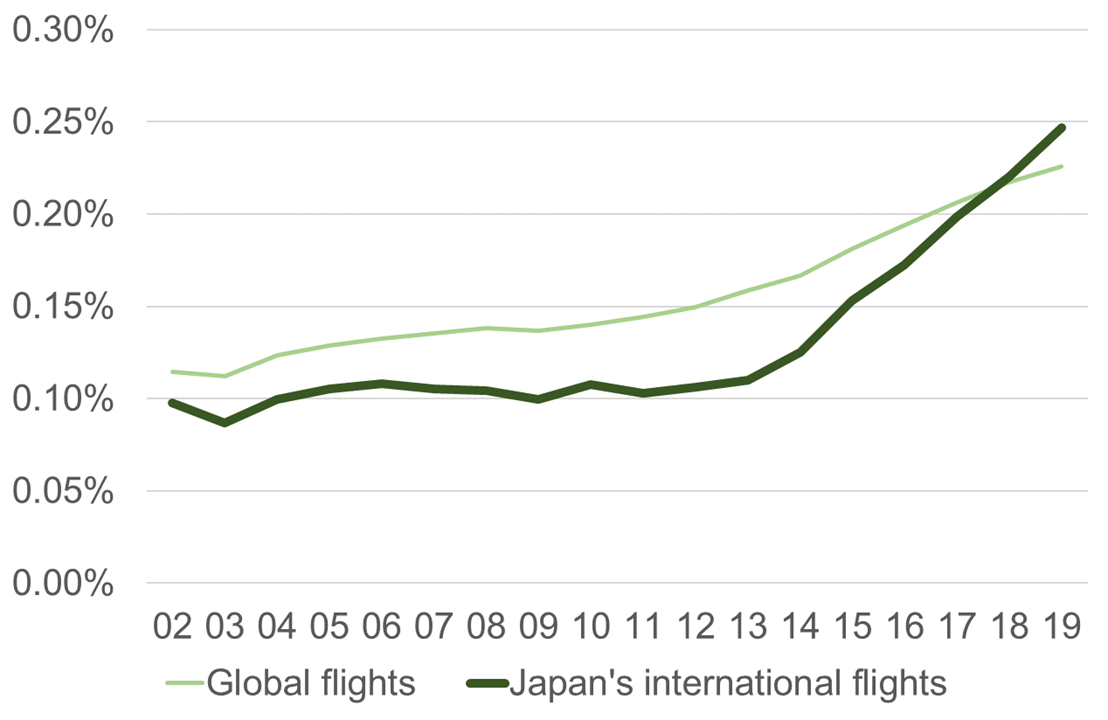
Note: “Global flights” is the proportion of CO2 emissions from checked baggage in the airline industry to the global total CO2 emissions. “Japan’s international flights” is the proportion of CO2 emissions from checked baggage to the total CO2 emissions in Japan. Each checked baggage is assumed to be 20 kg.
Source: IATA, MLIT, Japan Tourism Agency, World Bank
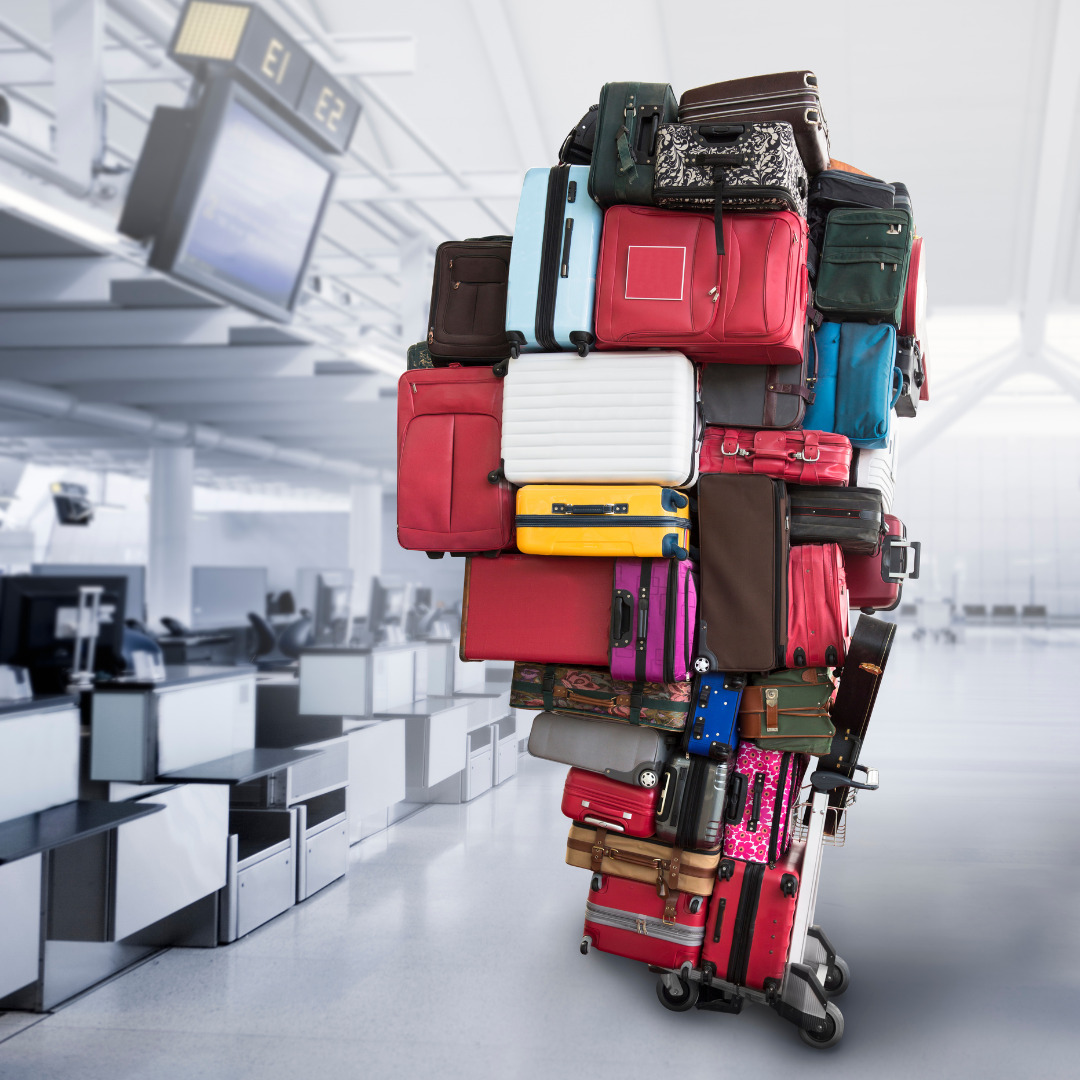
Furthermore, compared to other CO2 reduction measures, not only in the airline industry, the effect of reducing checked baggage is one of the largest. Dividing the CO2 emissions from checked baggage calculated earlier (14.51 million tons worldwide, 2.88 million tons for international flights in Japan) by the number of passengers (4,543 million worldwide, 51.96 million for international flights in Japan) yields a reduction per flight of 55.4 kg, or 23.0 kg for the entire world. This figure far surpasses many CO2 reduction measures announced by the Ministry of the Environment, such as installing solar panels (3.5 kg) and using electric vehicles (1.3 kg).
CO2 reduction per day (kg)

Note: “Check baggage (Japan)” refers to the reduction of CO2 emission in checked baggage (20 kg) per passenger on international flights in Japan; “Check baggage (Global)” refers to the reduction of CO2 emission in checked baggage (20 kg) per passenger on flights worldwide.
Source: IATA, MLIT, Japan Tourism Agency, Ministry of the Environment, Government of Japan
(Note 1)
Our CO2 reduction target is equivalent to 2.88 million tons of CO2 emissions from checked baggage (assumed to average 20 kg) of international passengers in Japan as of 2019. The ICAO and ATAG have stated that technological innovations such as SAF will not be enough to meet the aviation industry’s goal of virtually zero CO2 emissions by 2050 and that “about 135 million metric tons (about 7%) of offsets are needed to close the gap.” This approximately 135 million tons is equivalent to our calculation of 145.1 million tons of CO2 emissions from checked baggage worldwide (2019). Therefore, reducing checked baggage is expected to contribute to a significant CO2 reduction. By pursuing this reduction target, MOL will strive to achieve the aviation industry’s virtually zero emission target for 2050, thereby realizing a decarbonized society in Japan and worldwide.
(Note 2)
The carbon dioxide emissions for 20 kg of checked baggage were calculated by us using the data provided in “Guidelines for Measuring and Managing CO2 Emission from Freight Transport Operations” by ECTA (The European Clean Trucking Alliance). The CO2 emission intensity per ton-kilometer of cargo transported by airplanes used in the calculation is 0.602 kgCO2/tkm.

EDO KAGURA Corporation supports the Sustainable Development Goals (SDGs).
Our Relevant SDGs
